By Rick VanSickle
When I reflect the historic Marynissen Estate Winery in Niagara-on-the-Lake, a quote comes to mind, one that has lessons for many wineries that change hands.
From Alice in Wonderland by Lewis Carroll …
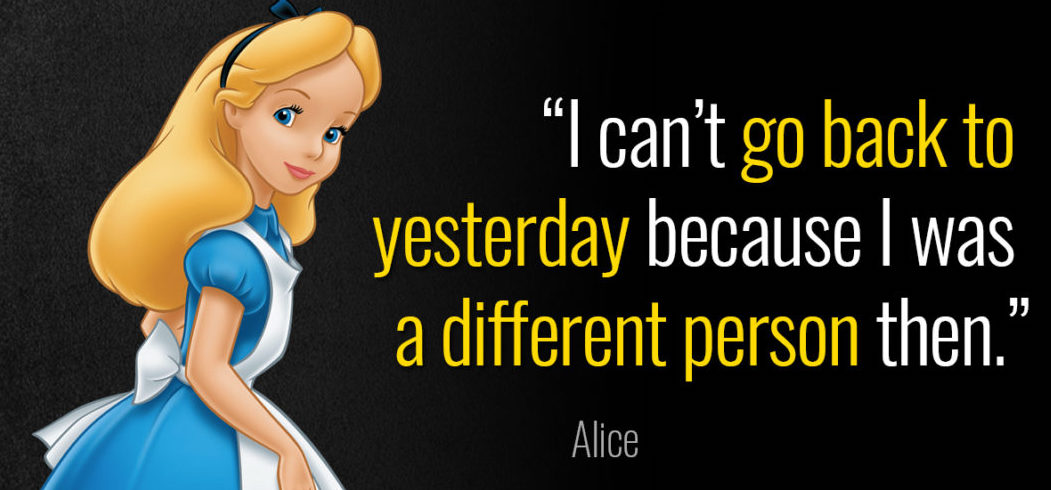
It is so very true. When Sandra Marynissen and her husband Glen Muir sold the family estate winery to the Zhang family in 2012, the winery, its history and its wines would be forever changed. As much as wine lovers longed to see a seamless transition and more of the same wines they had come to love, that was never going to happen. How could it?
Marynissen will forever have a special place in the history of wine in Canada. It is home to Canada’s first Cabernet Sauvignon planting and established itself as an important cog in the modern wine era in Niagara.
But “when Sandra lost her dad (John Marynissen died in January of 2009 at 84, pictured below) it just wasn’t fun anymore. Sandra misses him,” Sandra’s husband Muir explained at the time of the sale. They found what they believed were good custodians of the Marynissen vision who assured the couple they planned to run the winery just as it was and keep the retail workers and winemaker Jeff Hundertmark on staff.
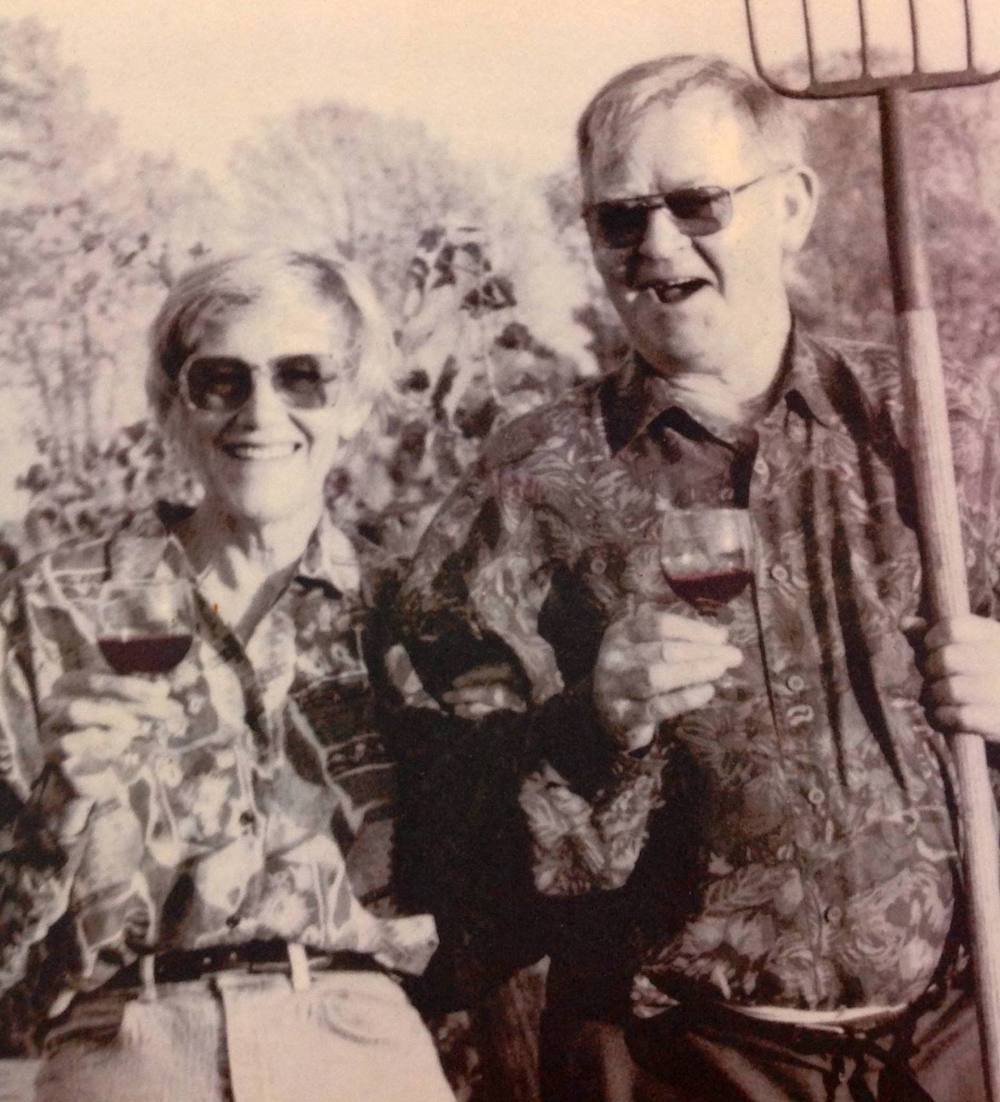
The sale included both the winery and vineyards, which were two separate entities now consolidated into one — the famed Lot 66 and Lot 31 blocks were part of the deal.
The Zhang family “wanted to keep the staff and keep the family involved and even wanted us to help introduce the brand in the China,” Muir said.
The Chinese buyers hoped to double production at Marynissen to 10,000 cases, including starting up an icewine program that hadn’t been made since 2004, and exporting half the production to China.
Muir said at the time that the wine industry in Niagara is a tough one. “There’s more and more wineries but we’re selling the same amount of wine,” he said. The buyers believed they could export and sell the wines in China, and that makes a winery more viable.
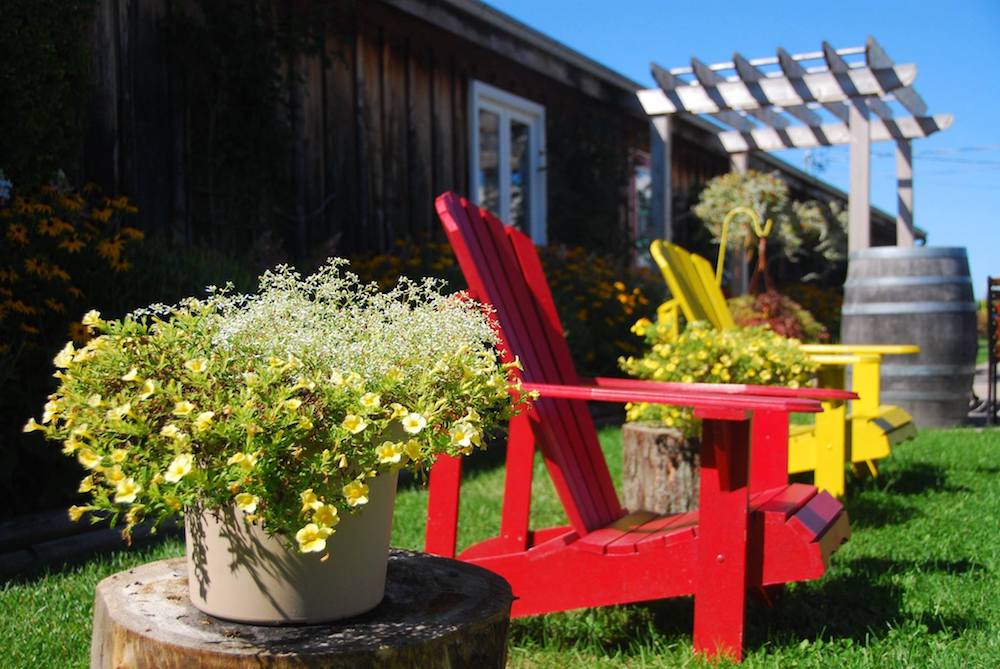
But as Alice so aptly says, you can’t go back to the past. Plans change, and unfortunately for the new Marynissen owners, when they bought the winery there was no way for predict what was coming in 2014 and 2015 when back-to-back polar vortexes laid waste to vineyards all over Niagara. Marynissen was not spared. It was an unfortunate disaster for the new owners to grapple with, coupled with the winemaker, Jeff Hundertmark, leaving the winery for Stoney Ridge in 2013 (now head of winemaking at Mt. Boucherie and Rust wineries in B.C.).
The new owners have only recently replanted a sizeable portion of the property. “We pulled out older Chard vines that were inflicted with virus and replanted blocks killed from cold,” said winemaker Mitchell McCurdy in a Q&A with Wines In Niagara below. “Syrah, Riesling, and Gamay all unfortunately died in the 2013 and 2014 winters, but we have since replanted with Cabernet Franc and Cabernet Sauvignon.”
A bit of history

Marynissen is a renowned and historically important winery that has always specialized in red wines. John Marynissen helped shape Niagara’s wine industry and is credited with planting Canada’s first Cabernet Sauvignon grapes in 1978 (the vineyard, above, today).
While Marynissen cut his teeth as a grower, he finally decided to make his own wine when he started his winery in 1990. Cabernet Sauvignon was central to the estate’s wine program, drawing from old vines planted by Marynissen. Single-vineyard Cabs from Lot 66 and Lot 31 and Solstice, a blend of Merlot, Syrah and Cabernet were the top reds in the portfolio.
Marynissen came to Canada from Holland in 1952 and began growing grapes in Niagara with his wife Nanny. He soon realized the importance of vinifera grapes in the production of quality wines and switched to planting vinifera vines.
Prior to the establishment of the winery, Marynissen received several awards for his winemaking. He also was awarded the title of Grape King in 1978. As a result of these honours, his daughter Sandra convinced him to open a commercial winery and take the wine making to another level. The winery won the Cuvee Award for Best Red Wine in 1996 and 1997 and has long been recognized for the strength and longevity of the product.
Sandra began assisting with the winemaking in the late 90s and her first endeavour garnered her the Best Red Wine under $10 at the Ottawa Wine and Food show for her 1997 Baco Noir. After several years of covering all aspects of the winery, Sandra turned over the winemaking to Hundertmark.
Marynissen today

I have to be honest here, I had not tasted the Marynissen wines since Hundertmark left in 2013. But when Marynissen’s Nick Pappas (above on the right with winemaker Mitchell McCurdy), a Brock oenology and viticultural grad who does a bit of everything at the winery now, reached out, I was curious. It was time.
Then COVID-19 hit and a tasting became impossible. So he sent some wines over to taste and we set up a Q&A with winemaker Mitchell McCurdy. A great deal of thought has gone into the current wine program with defined tiering from entry level wines to maintaining (or re-energizing) the highest tiers, including a long awaited return of the winery’s most famous wine, the Lot 31 Cabernet Sauvignon. The 2018 Lot 31, now in bottle but not released, is 100% sourced from the original Cabernet Sauvignon vineyard planted by John Marynissen. The 2017 version is close, with 75% (three barrels) from the original planting and one barrel sourced from the Lowrey Vineyard in St. David’s.
The red wine program forms the backbone of the wine program, with several Bordeaux-variety blends and single-variety bottles over several tiers being offered. There are some excellent white wines in the portfolio from carefully sourced fruit around Niagara.
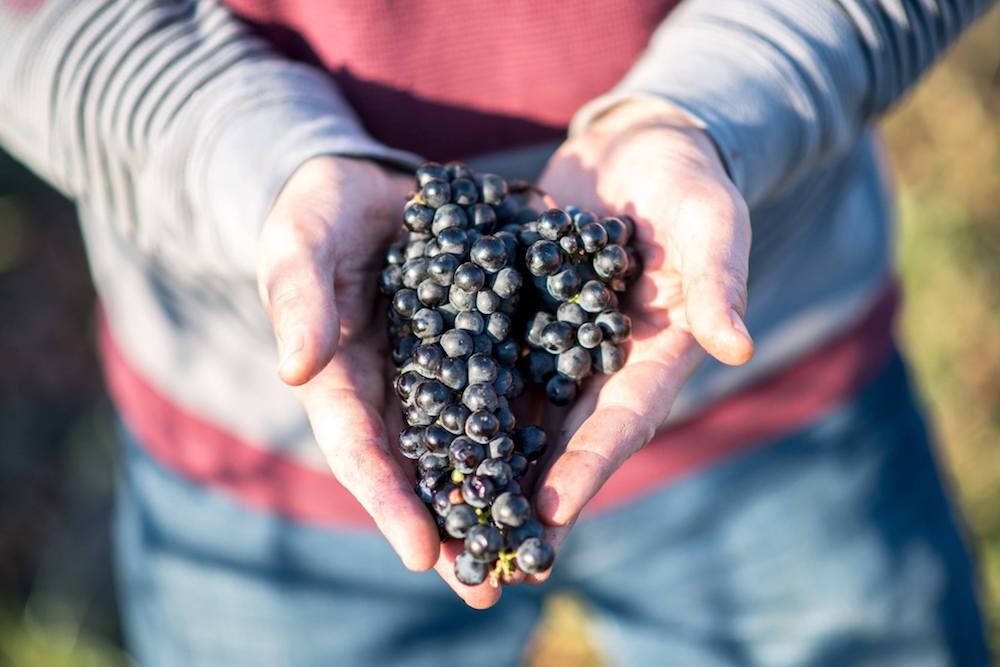
Pappas describes the portfolio this way:
“Our Gold Series is our entry level, everyday drinking wines. Approachable in their youth, easy drinking, and fun, these wines are made with price-to-quality ratio in mind,” he says. “Our Platinum Series features the best of what we do. We focus on these products being our best wines from our best vineyards in our best years. We may not make a wine in this series every year if we do not truly believe the quality is there in the wine, for example we had no Platinum wines in 2018. Our Heritage Collection is where we have a little fun. The wines in this tier pay homage to our founders’ winemaking style while also moving forward with the Ontario wine industry through innovation and new winemaking styles.”
I feel Marynissen is on the right track after tasting several of the current wines. I love the enthusiasm from the young guns. They have the passion and a sense of the history and are aware they are now the custodians tasked with creating a wine program that is not only true to the roots of Marynissen, but also with an eye on being fiscally responsible.
Alice said you can’t go back to yesterday, but you can bring a little yesterday to the future. And that’s what the new gang at Marynissen is doing.
Q&A with winemaker
Mitchell McCurdy

Wines In Niagara: It had been a while since I was at Marynissen and after tasting the wines recently I noticed a lot of different different sub-apps mentioned on the bottles. What is the composition of estate vineyards vs. what you source around the region for your portfolio?
Mitchell McCurdy: We recently replanted a sizeable portion of the property. We pulled out older Chard vines that were inflicted with virus and replanted blocks killed from cold. Syrah, Riesling, and Gamay all unfortunately died in the 2013 and 2014 winters, but we have since replanted with Cabernet Franc and Cabernet Sauvignon.
We harvested from about half of those new plantings in 2019, and we plan on utilizing as much of our vineyard as we can once it comes fully online. The vineyard is mostly Cabernet Franc, Cabernet Sauvignon, Merlot, Pinot Gris, and Pinot Noir with a few rows of Chardonnay and Gewürztraminer. We source fruit from local growers such as Huebel Estates and Ferox, which have vineyards in the Four Mile Creek designation. The Gewürztraminer you are referring to is grown by Harsch Vineyards in the Twenty Mile Bench sub-appellation.
This is a brand-new relationship that was developed due to the incredible quality of fruit coming off of that vineyard. For our Red and Gold series, this will mostly be a blend from around the Niagara region ensuring we can get quality, complexity and a fair price into these bottles and translate those things to our consumers.
Our Heritage Collection is where we are going to move forward in bottling single vineyard wines, as this is tying back to what John Marynissen used to do. We have bottled the Single Vineyard Cabernet Sauvignon from Lot 31 recently and used a single vineyard designation on the label.
The Heritage collection tier is where you will find wines that are estate bottled as well as single vineyard wines that are focused on terroir and style.
Our Platinum series is going to be a combination of whichever barrels produce the best wines and only made in high quality years. Blending wines from different vineyards will increase the complexity of these wines and with the intention to bottle the absolute best of the best we don’t want to be restricted to a single vineyard.
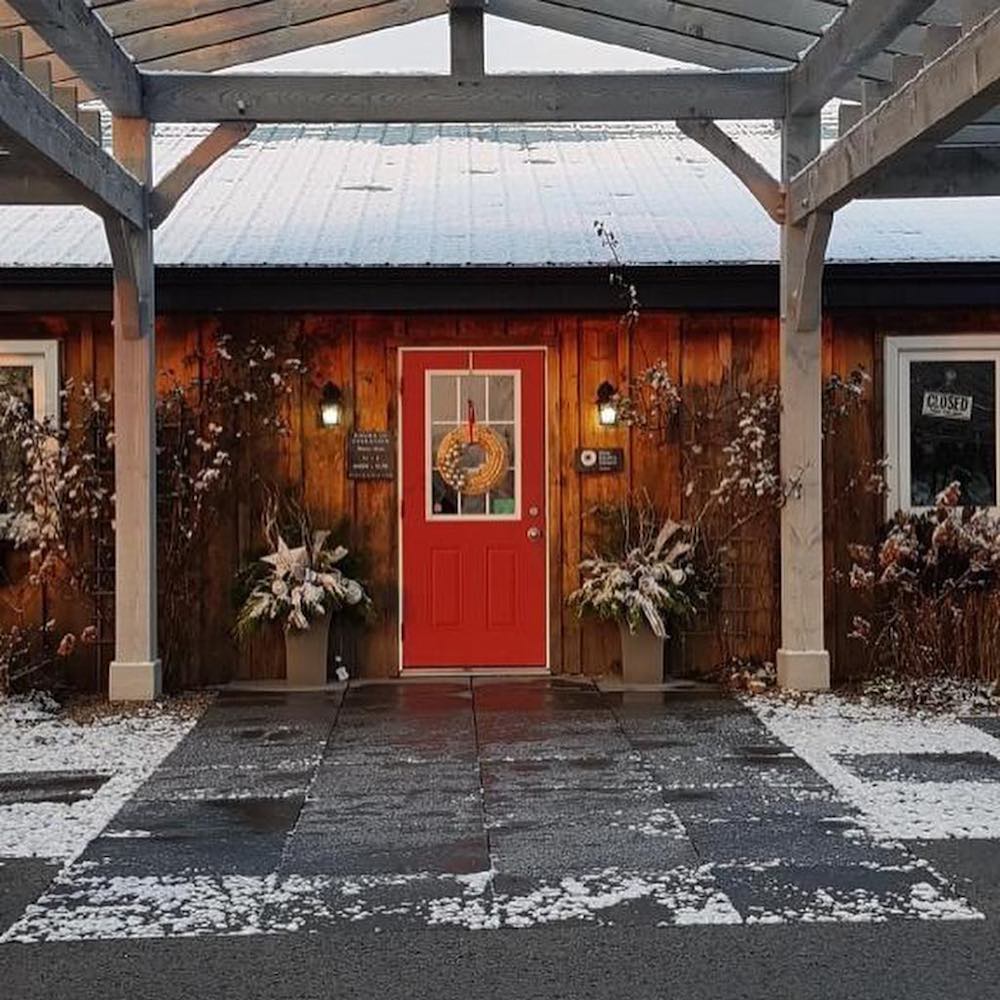
WIN: Of course, the most famous wine to ever be bottled at Marynissen, maybe one of the most famous wines ever bottled in Niagara, was the Lot 31 Cabernet Sauvignon from the first planting of that variety in Canada (John Marynissen bottled two wines — Lot 31 A and Lot 31 F under this label, one in American oak and one in French). Your Platinum Label Cabernet Sauvignon (I believe) is sourced from the old planting. Does Marynissen still own this vineyard or is it sourced just from that vineyard? What are you doing similarly or different than the way it was made under the previous owners? Is anyone else making wine from that vineyard? Have you tried to replicate the French vs. American oak regime?
McCurdy: We still own Lot 31 and the Cabernet Sauvignon vines are still producing to this day. I cannot speak to the exact way John made wines as I never had the pleasure watching him in the cellar. We are trying to produce a quality single vineyard Cabernet Sauvignon as John did; I find that the focus on terroir and the fruit itself is the forefront of what we try to do. Thus, American and French oak are both used but only to accent the wine and not overpower it. I find that blending the two together can bring more complexity to a wine rather than bottling each on their own. So, we will be releasing a Cabernet Sauvignon from these old vines in the future and hopefully continuing that moving forward.
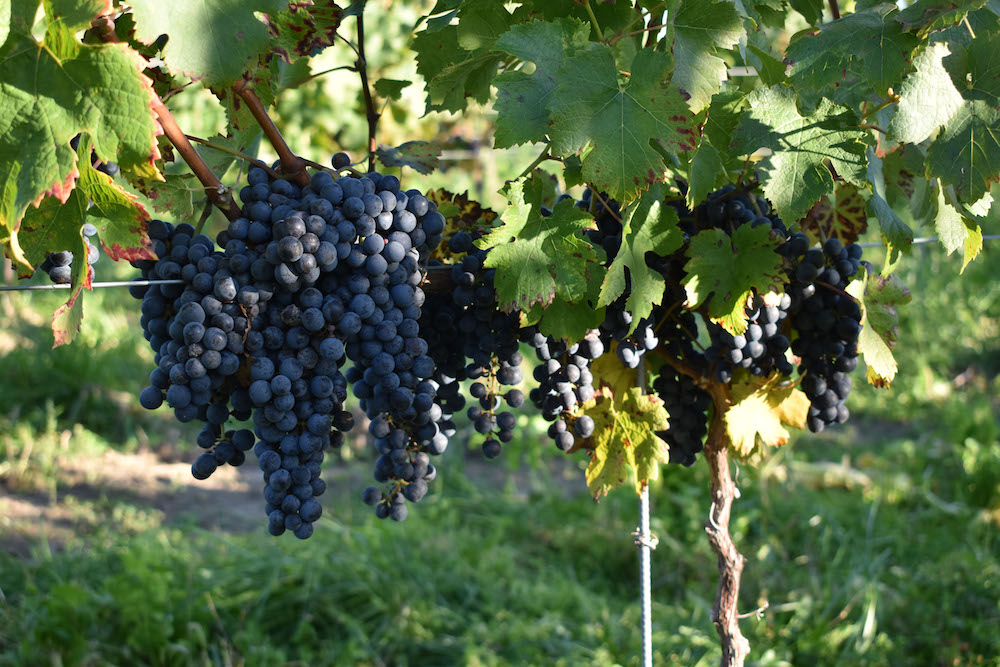
WIN: Describe the wine production at Marynissen? How you tier your wines and having to build a new wine program from one of the founding families in Niagara? Do you feel obliged to stay true to some of the historic values of your roots?
McCurdy: I touched base on this above but I will reiterate in a bit more detail.
We have four tiers that we’ve settled on and revamped to give them a bit more direction and make them easier to understand their intention and purpose. Our Red Series is our entry level, everyday drinking wines. These are fruity and soft wines that are bottled early and meant to be served as table wine. These will be blends named Lokaal and Bottoms Up. Both blends are intended to tie back to the founding principles of Marynissen, good wine for a good price.
The Bottoms Up blend is an old label that Marynissen has been producing for years, and we intend to keep it. The white blend being a Gewurztraminer focused blend of other Vitis vinifera varietals, and the red being a Cabernet-Merlot blend that may have other Vitis vinifera varietals blended in.
The Lokaal (Dutch for local/homegrown) is going to be made in a red and white blend but incorporating hybrid varietals like Baco Noir, Marquette and Chambourcin in the red blend and Vidal with some Vitis vinifera varietals in the white blend. These are all intended to be approachable in their youth, easy drinking, and fun. These wines are made with price-to-quality ratio in mind, offering our domestic consumers and licensees delicious wines for a low price.
Our next tier is our Gold series. This is where you will see a focus on single varietals and higher quality blends. These are meant to be approachable and enjoyed in their youth but also have a bit more body and ageability than the Red tier. Our Pinot Grigio, Rosé, Chardonnay, Cabernet Franc, and Cabernet Merlot from this tier are some fan favourites that we continue to produce with best practices and keeping our prices between $15-$18.
The next in line is our Heritage Collection. This is going to be a mix of past/historic labels, such as Nanny’s Blend, that tie into the history and founding principles of the winery. Here we will be offering single vineyard wines that are focused on style and terroir, while incorporating varietals and old blends that people will recognize from previous vintages of Marynissen. This will include Nanny’s Blend, an older label that was a big, plush blend for John’s wife Nanny, our single vineyard Cabernet Sauvignon from Lot 31, now referred to as the Marynissen Vineyard, and the Gewürztraminer you received.
As we want to continue producing these wines, we did have to look to other vineyards since the Gewürztraminer on our property only produces about 300 kg/year. With this in mind, we sourced fruit from the Twenty Mile Bench as the grower there produced some incredible fruit that caught our interest. In the future we may release a Syrah in this tier, possibly even a Gamay as those used to be on our property and were definitely some fan favourites. The wines in this tier pay homage to our founders’ winemaking style while also moving forward with the Ontario wine industry through innovation and new winemaking styles. The moving forward with the industry is why we included the Charmat-style Vitis vinifera blend called Charmed.
The last tier is our Platinum Series, which features the best of what we do. We focus on these products being our best wines from the best vineyards in the best years. We may not make a wine in this series every year if we do not truly believe the quality is there in the wine, for example we had no Platinum wines in 2018 as we did not see the fruit as the best Niagara can produce. Not to say the wines aren’t great, we had some really good fruit come in. Just not the best of the best.

WIN: What is your focus in the winery? What are your most popular wines and why do they sell the best?
McCurdy: I think our big focus is on the Cabernet Sauvignon because it has such a rich history that ties into the founding of this winery. People come to Marynissen to try Cabernet Sauvignon at its best. With this, we also find people liking the heavier, high extracted reds we produce. For those who are looking for something that is not as mouth drying, we tend to find people gravitating towards our spicy Gold Series Cabernet Franc and our Cabernet Merlot. We also know that sometimes people like to open up a nice bottle among friends and then move onto something easy and delicious, so we see our Bottoms Up blends and Rosé resonate really well with consumers. I think the whites to look out for would be our big Chardonnays from the Platinum and Gold series and that Gewürztraminer from the Heritage series that you received. Hard to say how the Gew will sell as it has not hit the shelves yet!
The wines
Marynissen offers free delivery or curbside pick up throughout the Niagara and free delivery anywhere in Ontario on orders of six bottles or more. Curbside is available Monday through Saturday. To order the wines, go here.
The famed Lot 31
Cabernet Sauvignon
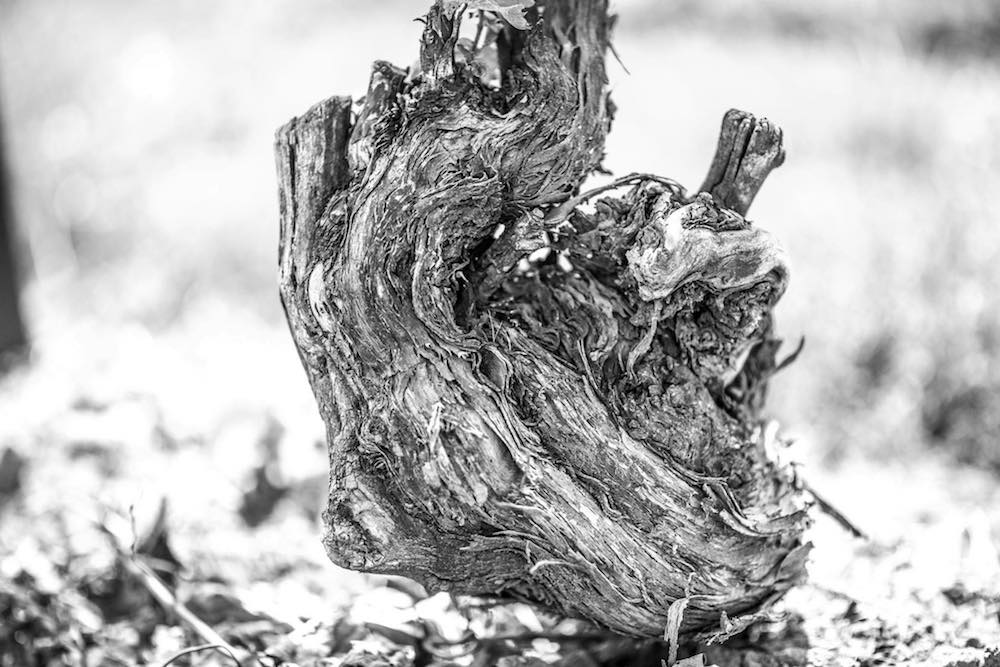
It just doesn’t get any more historic than the Marynissen Lot 31 Cabernet Sauvignon planted by viticulture pioneer John Marynissen in 1978.
Marynissen, who passed away in 2009, always pushed the limits of what was perceived to be possible with grape growing, and in 1978 he planted Cabernet Sauvignon in the Lot 31 vineyard, which are the oldest commercial Cabernet Sauvignon vines in Canada and the pride of the vineyard. People who have been enjoying Niagara wines for much longer than I have, swoon at the memory of those Marynissen Cabernets.
Former Marynissen winemaker Jeff Hundertmark told me many years ago that the Lot 31 “was the most inspiring wine I had tasted way back at its release in the early 90s, and the first collectible Canadian wine I had in my cellar at the time. It was an honour to work in his vineyards and an honour to toil in his cellar. John Marynissen will always be a hero of mine and is missed every day,” he said.

The last bottle of Lot 31 I tasted was a few years ago during a tasting of old Niagara red wines with like-minded wine lovers. It was the Marynissen Cabernet Sauvignon 1991 Lot 31 (A). The A on the label stands for American, as in aged in American oak. The bottle we tried was in pristine condition, no ullage whatsoever. The cork was perfectly sealed and was tight in the bottle. It was an extraordinary example of well-aged Cabernet from Niagara.
The nose was attractive with pretty blackberry, cherry, cigar box cedar, cocoa and sweet oak spices that were perfectly integrated and not one hint of the mustiness that age can bring.
It simply blew me away when I took my first sip. It was soft and mellow but showed bright black cherry fruit, an array of interesting spice notes with a touch of licorice and earth. The tannins were round and smooth and everything had totally integrated into a seamless and thrilling wine.
Lot 31 today

Marynissen Platinum Cabernet Sauvignon 2017 ($40, 93 points) — This is not the full-meal deal from the famed original Cabernet Sauvignon vines John Marynissen planted, but it’s close. Three of the barrels used in the blend were from what is now called the Marynissen Vineyard with the other barrel sourced from the Lowrey Vineyard on the St. David’s Bench. The first Lot 31 with 100% fruit from the original vineyard since 2014 will be the 2018 vintage, released later this year, under the Heritage Series label. The now released 2017 CS is worthy of your attention while waiting for the 2018 vintage. It has such a beautiful nose of savoury cherries, blackberries, cassis, black currants, cedar cigar box, earth and elegant spice notes. It has phenomenal depth and complexity on the palate with glycerin-like mouth-feel, dark, rich berries, kirsch, cocoa powder, fine-grained tannins, gorgeous oak spices and a long, long finish that is bolstered by a firm acidic spine. It’s sleek and powerful and will benefit from long-term cellaring to soften the acidity and integrate the ripe fruits and firm tannins. A really nice surprise.
The rest of the reds

Marynissen Cabernet Franc 2017 ($18, 89 points) — From the Gold Collection, 50% of the wine was aged for eight months in stainless steel with 50% aged for eight months in French and American oak. It shows a deep purple colour in the glass with an impressive nose of kirsch, herbs, brambly raspberries, red plums and spice. It’s nicely concentrated and shows a mélange of rich red berries, spice and anise/licorice all framed by toasty spice notes. Can age 4+ years.
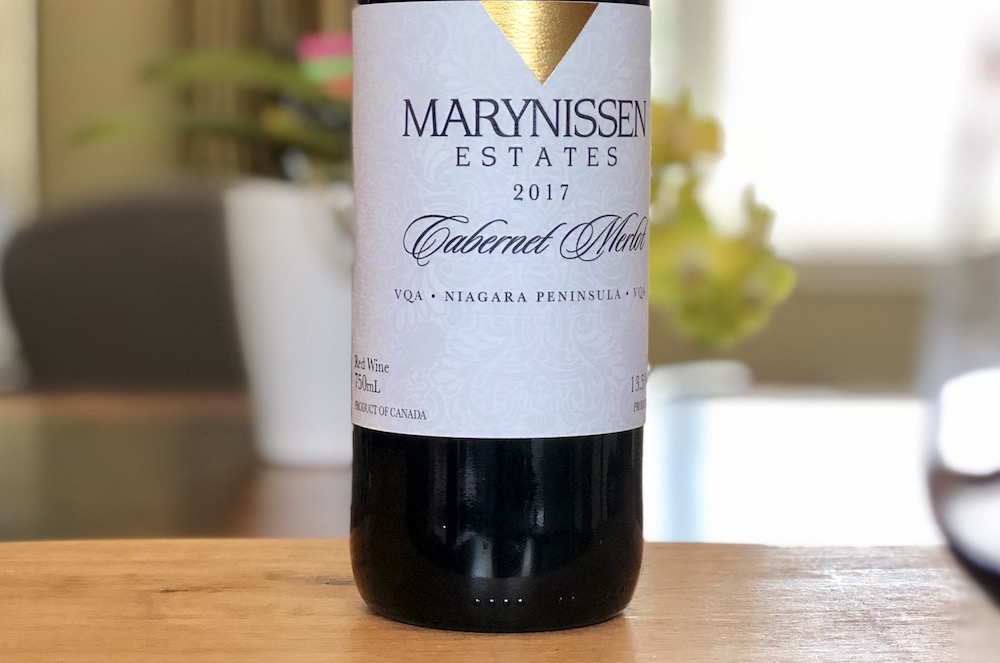
Marynissen Cabernet Merlot 2017 ($18, 87 points) — From the gold series, the blend for this wine is 61% Cabernet Sauvignon and 39% Merlot that was 50% aged for eight months in stainless steel and 50% aged for eight months in French and American oak. It has a fruit-laden nose of dark cherries, plums, cassis, sweet herbs and subtle spice notes. It’s a smooth and fruit-driven red on palate and offers value at this price point. Ready to drink now, but can age for a couple of years.

Marynissen Nanny’s Blend 2017 ($28, 90 points) — The Nanny’s Blend, from the Heritage Collection, is a blend of 50% Cabernet Sauvignon, 25% Cabernet Franc and 25% Merlot with oak aging for 18 months in mostly used French, American, and Hungarian barrels. The name for this wine is linked to the history of Marynissen, an older label that was a big, plush blend for John Marynissen’s wife Nanny. It has a smoky/spicy nose with ripe cassis, blackberries, cedar cigar box and currants. It has lovely concentration on the palate with dark fruits, touch of kirsch, rich oak spices, tannic structure and a long finish. Can cellar this for 5+ years to further integrate all the moving parts.
The sparkling wine
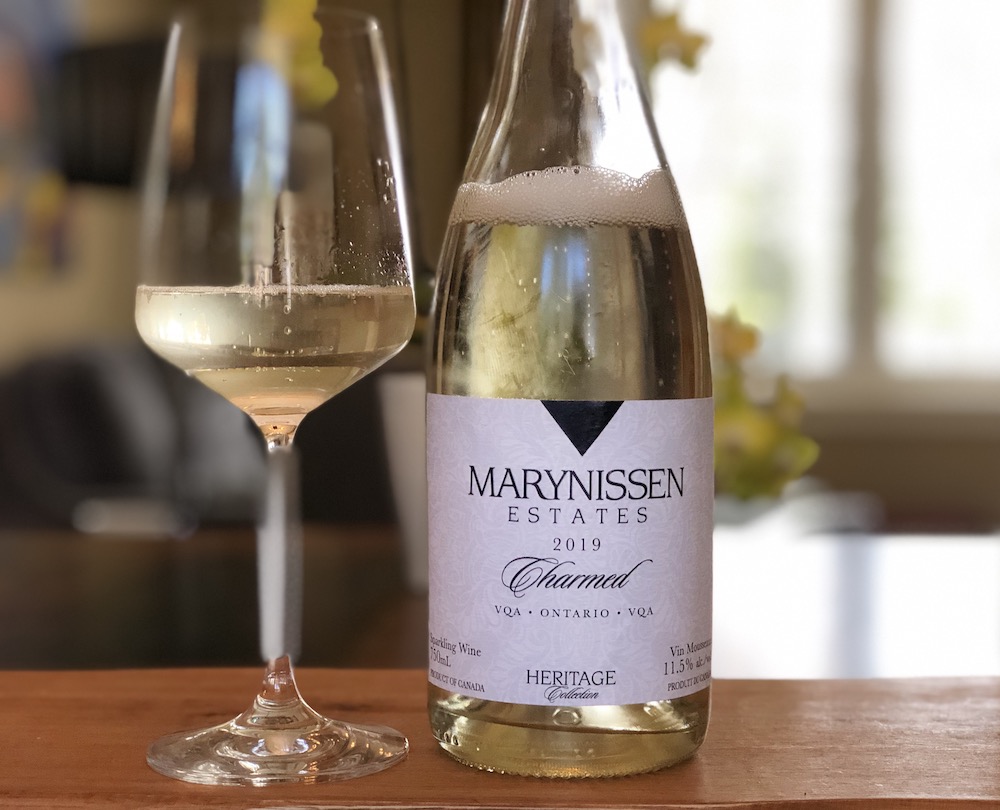
Marynissen Charmed 2019 ($23, not released yet, 88 points) — This is a blend of 60% Riesling, 30% Gewurztraminer and 10% Muscat made in the charmat style. It has a lemony, peachy, citrusy, appley nose with an energetic mousse. The bubbles pop on the palate with flavours of lime, apple, some herbs, white peach and a touch of sweetness. Delicious summer sipper with only 11% abv.
The whites

Marynissen Chardonnay 2015 ($16, 88 points) — The fruit, 75% Chardonnay and the rest Chardonnay Musque, was destemmed and partially crushed before being gently pressed. It was fermented cool in a mix of stainless steel, 225L, and 500L oak barrels using select yeast strains and aged in a combination of oak and stainless steel before being blended for optimal palate structure. It spent 8-16 months in French, American, and Hungarian oak. It leans toward the tropical fruit side on the nose with pineapple, baked apple, vanilla toast, caramel/toffee notes with subtle lemon accents. It’s creamy and rich on the palate with a rounded texture that showcases ripe orchard fruits, grilled pineapple, butterscotch, toasted vanilla bean and fairly vibrant acidity on the finish.
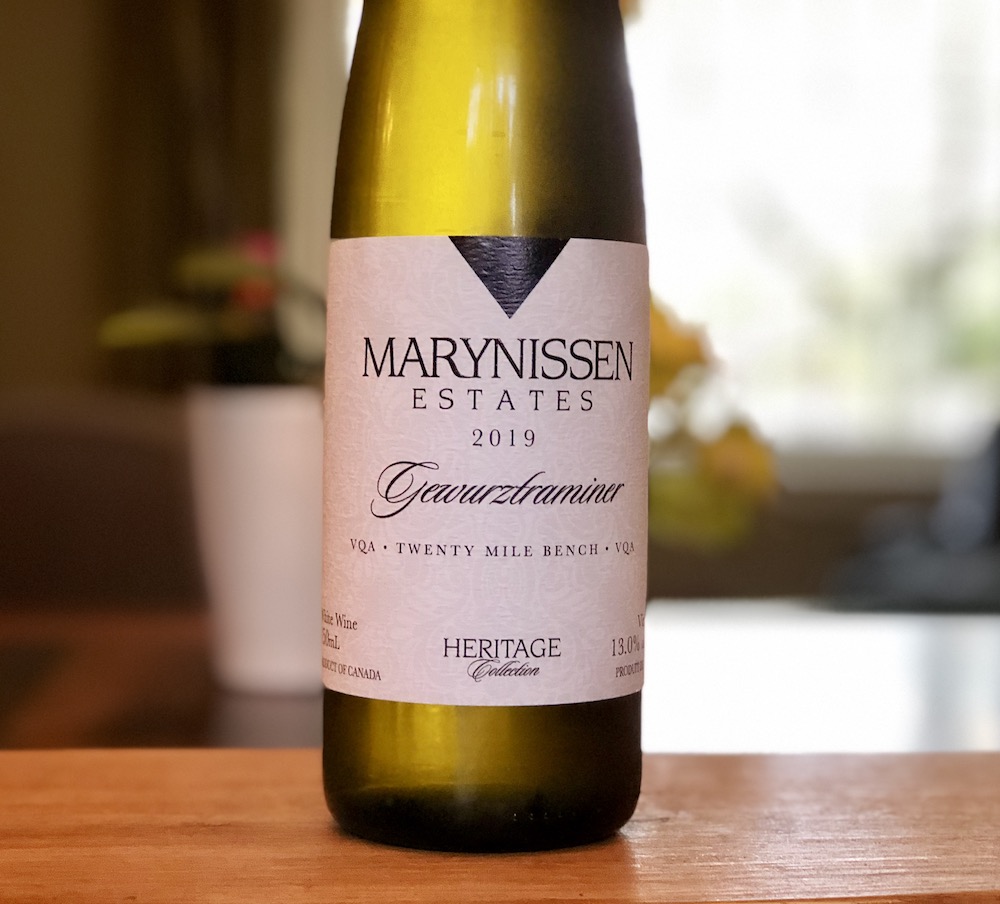
Marynissen Gewuztraminer 2019 ($26, not released yet, 90 points) — From the Heritage Collection, this Gew was sourced from the Harsch Vineyard on the Twenty Mile Bench area. It was fermented in stainless steel then transferred to puncheons (one French, one Hungarian, both used) for six months. So, a spicy, fragrant nose of pear, honey, sweet spices, lychee, ginger and grapefruit. It’s rounded and fleshy on the palate and dripping in wild honey with poached pear, grapefruit, lychee and spicy/ginger notes on the finish. Good job on this Gew.
The rosé

Marynissen Rosé 2019 ($17, currently available online, LCBO in August, 88 points) — The blend for this saingée style rosé is mostly Riesling with Merlot, Pinot Noir, Chardonnay, and a splash of Muscat for good measure. The Merlot and Pinot were on the skins for 24-48 hours before being bled off. Everything was fermented separately before being blended together. A perfumed nose of cherries, raspberries, peach and creamsicle. On the palate, it’s loaded with red berries, peachy/apple notes and fairly bright acidity. It has a dry impression on the finish. A refreshing, interesting rosé.







I was at Marynissen this past week and bought a case of wine and before I exited the parking lot, I went in and bought another case. I couldn’t come back to Ottawa with only one case. Always have loved Marynissen wines and I wish you only the best of luck with good weather and temperature for a wonderful supply next year. Thank you for your hospitality and the welcomed feeling we get there each visit.